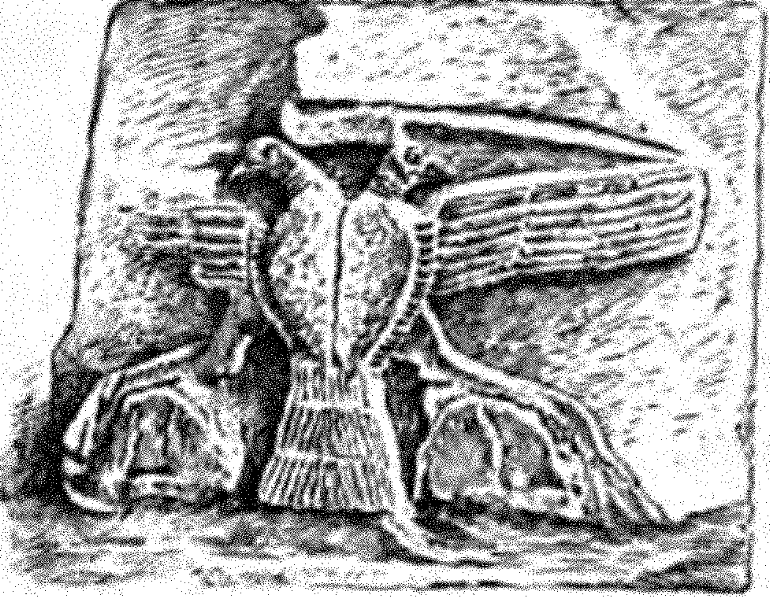<![CDATA[Yozgat, a city located in central Anatolia in Turkey, finds itself at the very center of the archaeological news all over the world. The city plans to host a number of archeological teams from around the globe as excavations are expected to begin in three different areas of Yozgat to search for historic remains in the area. Yozgat has been subjected to a number of surveys and excavations in the past and it has become quite clear that there is still a great deal of history located under the surface of Yozgat. Officials from the Yozgat Museum Directorate are expected to concentrate their efforts in uncovering an old world Roman bath that is said to be located in the Sarikaya neighborhood while other archaeologists are carrying out excavation work in Cadirhoyuk, home to the lost city of Pteria and one of the greatest ancient civilizations in world history. Cadirhoyuk is located close to the Peyniryemez village in the Sorgun district and excavation work is planned to continue till the month of August. The first surveys were started in the year 1993. Since then archaeologists have uncovered countless artifacts belonging to 5 different ancient civilizations from the area and as well as artifacts that belong to 5 different eras – the Bronze, Hellenistic, Hittite, Copper and Upper Byzantine eras. Surface excavations and surveys were also undertaken on the Kerkenes plateau by Dr. Geoffery Summers, a British archaeologist. The plateau is believed to be the home to the lost city of Pteria. The search for this lost city as well as other old world constructions began in 2013 and it plans to go on till the month of August as well. The expedition covers an area which is surrounded by walls and is known to date back to almost 2600 years. According to historical reports, the city of Pteria was destroyed, burned and abandoned during the Battle of the Eclipse between the Lydians and the Medes. This battle ended during a solar eclipse on 28th May 585 BC and it was understood to be an omen that the gods wanted the fighting to stop. Another excavation site in the region that deserves to be mentioned is in Kusaklu Tumulus. A team headed by Dr. Stefania Mazzoni has been working at the site since the year 2008 and it is believed that the Hittite civilization as well as the city of Zippalandawas once existed in the region. As a part of these excavations a 2000 year old Roman bath that was said to be used to heal people from their wounds has been discovered. Traces of the Roman, Sejluk, Byzantine and Ottoman eras have also been found in the region. With so much of history yet to be uncovered from a single city, archaeologists remain hopeful of unearthing many more wonders of the ancient world in the next few months. It has already been proved that the area was home to numerous civilizations that date all the way back to the Roman era. Archaeologists remain hopeful of managing to unearth many more old world structures and secrets as time passes by. ]]>
The Lost City of Pteria Finally Unearthed in Yozgat
